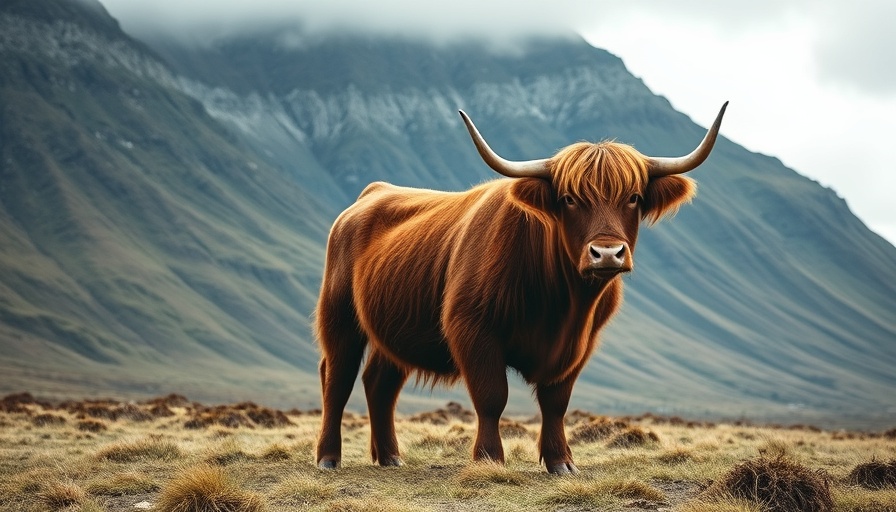
Understanding the Majestic Black Bears of Pennsylvania
Among the lush landscapes of Pennsylvania, the American black bear stands as a symbol of the state's wildness and uniqueness. With an estimated population of 18,000 to 19,000 black bears calling the forests and mountains their home, these creatures have carved a niche for themselves in both the ecosystem and the hearts of locals and visitors alike. Black bears are not just about size and strength; they are fascinating omnivores, agile in their pursuit of food, and pivotal to their environment.
The Life Cycle of Black Bears
Black bears are solitary mammals, generally found roaming alone except during mating season or when a mother is caring for her cubs. These magnificent animals can weigh anywhere from 200 to an impressive 700 pounds, yet their feline grace defies their bulk. Their feeding habits change seasonally, showcasing their adaptability: spring offers tender vegetation and insects, while summer is a time for berries and fruits. As fall approaches, they indulge in high-calorie nuts to prepare for winter hibernation.
Hibernation: A Survival Strategy
As winter sets in, black bears retreat to their dens. Commonly found in hollow trees or dug-out spaces, these dens provide safe havens where sows give birth to one to three cubs during hibernation, a remarkable aspect of their life cycle. They enter a torpid state, where their metabolism slows down significantly, yet they remain alert enough to react to threats. This fascinating survival strategy ensures that they are ready to resume life as the snows melt away.
The Black Bear Population: A Success Story
Once severely threatened, the black bear population in Pennsylvania faced dire circumstances in the 1970s, dwindling to approximately 4,000-5,000. Thanks to rigorous conservation efforts and effective wildlife management, their numbers have rebounded remarkably. Today, they thrive in over 60 of Pennsylvania’s 67 counties due to dedicated programs focused on wildlife safety and habitat preservation.
Viewing Black Bears Responsibly
With their resurgence, black bears have become a popular attraction for wildlife tours and adventure-seekers. However, it's essential to view these creatures responsibly. Understanding bear behavior and habitat can enhance the experience while ensuring their safety and ours. If you’re planning a wildlife viewing expedition, approach with respect and caution to keep both humans and bears safe.
The Cultural Significance of Black Bears
Beyond biology, black bears hold cultural significance for Pennsylvanians. They are an emblem of the state’s wilderness, inspiring tales, art, and even tourism. From folklore detailing encounters with black bears to festivals celebrating local wildlife, these animals represent a profound connection to nature that resonates with many.
Future Trends and Conservation Efforts
Looking toward the future, the commitment to preserving black bears in Pennsylvania remains crucial. As urban and rural areas encroach on natural habitats, balancing development with wildlife conservation will be a continuous challenge. Education about their ecological role and practical measures to cohabitate peacefully with them can pave the way forward. Ecology enthusiasts can play a role by participating in local conservation programs, aiding in habitat preservation, and spreading awareness about coexisting with wildlife.
Frequently Asked Questions About Black Bears
1. What should I do if I encounter a black bear? Keep calm, back away slowly, avoid direct eye contact, and do not run.
2. Are black bears dangerous? They normally avoid human presence. Most incidents occur when bears feel threatened.
3. What's the best time to see black bears in the wild? Early morning and late evening are usually the best times for sightings.
As we move forward in our appreciation and understanding of Pennsylvania's black bears, it's important to respect their habitats and learn how to coexist peacefully. By doing so, we ensure that future generations can marvel at these incredible creatures, just as we do today.
Plan your wildlife viewing adventure at VisitPAGO.com!
 Add Row
Add Row  Add
Add 




Write A Comment